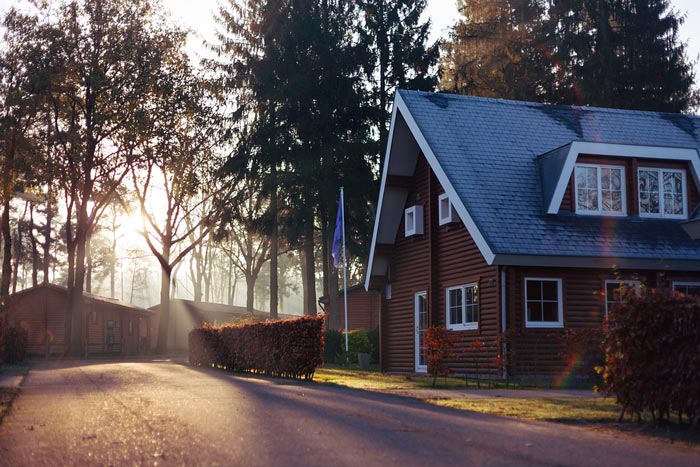The Difference between Closed Valley and Open Valley Construction
The Difference between Closed Valley and Open Valley Construction
When the time comes to replace your roof, you may find yourself looking at other roofs in your neighborhood wondering about the differences between their details. One of the variances between roofs is the valley areas – the points where different flat portions meet. There are two main types of valleys, closed and open, and below are the differences between the two.

Closed Valleys
Before the installation of a shingle roof, your roofing contractors in St. Charles, MO will install an underlayment over the roof deck. This underlayment acts as the valley lining and may include an ice and water shield.
If you are opting for a closed valley, your contractor will install the shingles onto the roof deck in a way that completely covers and closes off the valley lining. This will help protect against water run-off, as the shingles will help direct the water down and away from any potential entry points.
Open Valleys
An open valley adds an additional layer of protection into the valley along with the self-adhering underlayment. Your roofing contractor will install a pre-bent metal lining, which will be constructed of a material that resists weather, acid rain, and a variety of other contaminants.
When having an open valley roof installed, the shingles are extended into the valley, but not run through the area like they are with the closed option. The shingles are then cut out of the valley opening, allowing your choice of metal to show through.
Both valley options can provide excellent visual aesthetics and functionality to your home. If you are interested in an open or closed valley for your new roof, contact our roofing contractors in St. Charles, MO today.